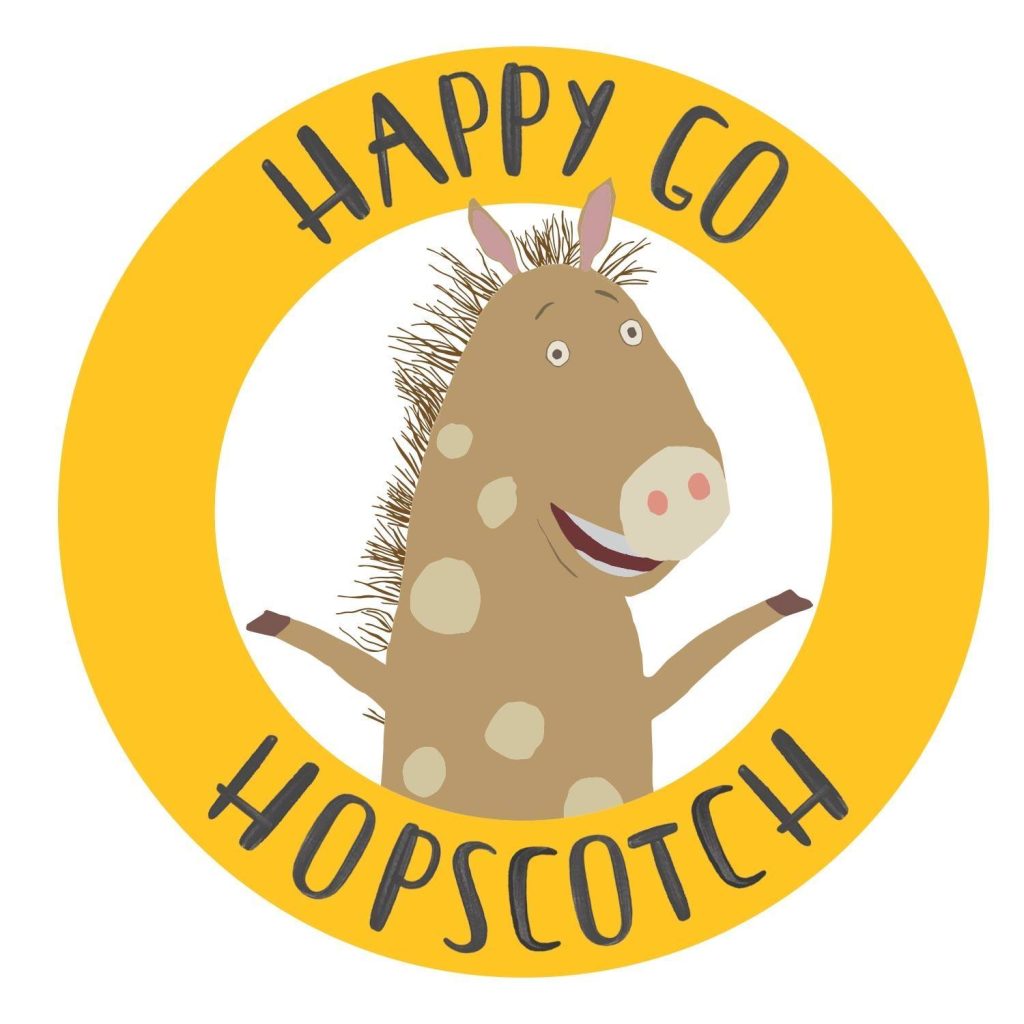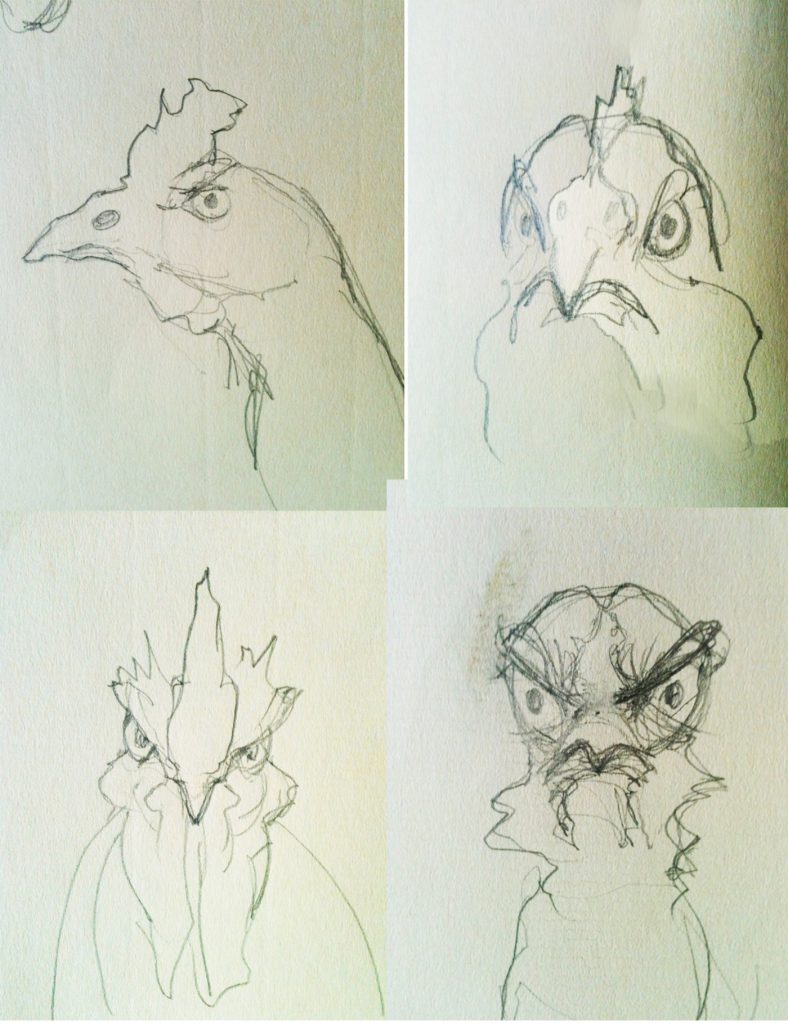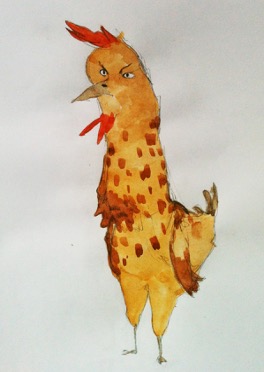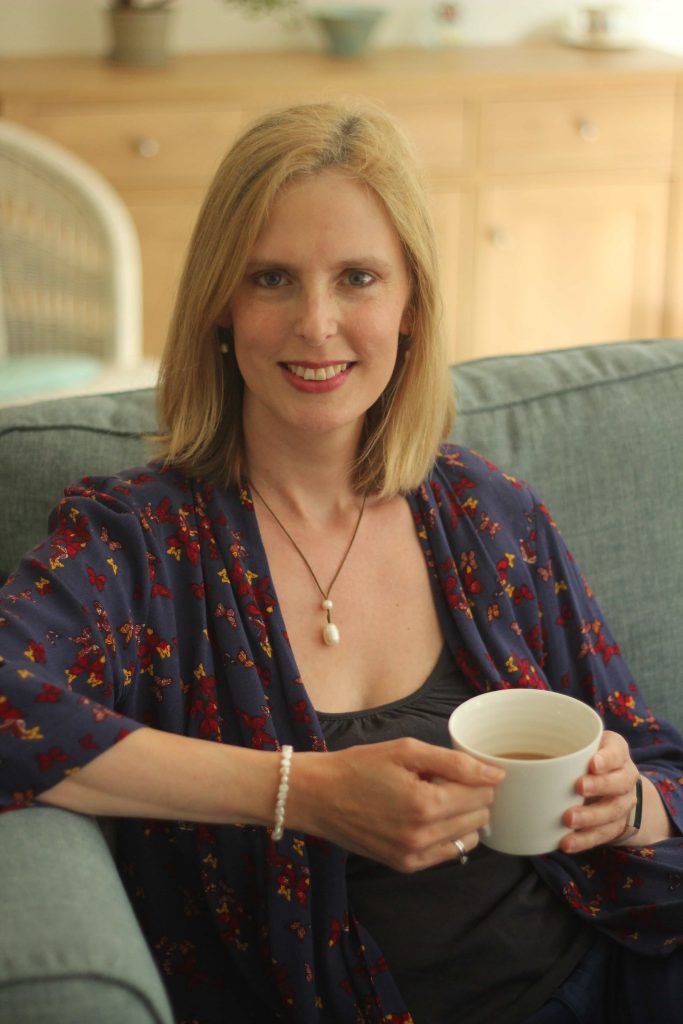A Writer’s Journey

This is the first of a 5-part series where I’ll share the ins and outs of one of the most fulfilling experiences of my writing life: developing a pre-school kids’ animation series for TV.
This 6-year rollercoaster ultimately ended in failure, but there were some amazing successes along the way. So, after grappling with imposter syndrome, I’ve decided to share my highs, lows and lessons learned.
I hope this will be relevant to animation writers, producers and directors, but also to any writers looking to understand the creative process from the inside out.
In this series…
I’ll describe every step of the journey, from: –
- finding my first kids’ animation idea, to
- building a team, to
- working collaboratively, to
- securing funding, to
- pitching on stage to international producers, broadcasters and distributors to
- getting books published, to
- winning a commission for an animated TV Christmas Special, to
- being nominated for awards, to
- finally failing to get a full series commissioned
You will get an insight into the importance of sharing your work and networking – networking – networking. You’ll also leave with an understanding the value of patience, grit and resilience when developing a kids’ animation series for TV. I hope you find it helpful.
PART ONE
Building a Team
It’s hard to believe that it all began back in the summer of 2013.
After years of trying to get various feature film scripts off the ground, I took a break to save my sanity and decided to write a short film instead [I previously wrote about that here].
Once I had a decent draft that I was happy with, I took a deep breath, and then proceeded to immerse myself in a period of networking. This led me to an up-and-coming producer, Inesa Ivanova. She liked my script and suggested a coffee. I was delighted.
Meeting a producer
We met and I was somewhat surprised to learn that she didn’t want to make another short film. Instead, she was looking to develop a pre-school animation series. She had decided to put together a team and develop the idea collaboratively from the ground up. Although my short film was live-action and not for kids, she felt it hinted at animation. Would I be interested in joining her? Err, yes, please!
I’d always hankered after writing animation, but the occasion had never arisen. Animation wasn’t something I wanted to develop alone on spec. So, this collaborative opportunity seemed perfect.
But after the initial excitement, nothing really happened. The producer was busy producing a short film and the director she had in mind was actually more interested in writing for older kids. So the project fizzled out.
But I stayed in touch with the producer, meeting and chatting from time to time; meanwhile, I kept mulling it over. To me, this was a great opportunity and I didn’t want to let it go. I loved the thought of developing an animation series. If I could only come up with the right idea, I’d go back and pitch it to her.
First Steps in Developing a Kids’ Animation Series for TV
I set about brainstorming ideas. (Brainstorming is one of my favourite things to do. You can find out how I do it here).
A few months later, in January 2014, one of Inesa’s short films was selected for the London Short Film Festival. I went along to support her and also network with other short film folk. This led to me connecting with a short film director and meeting for coffee.
We mostly discussed short films. But right at the end of the conversation, he asked what else I was working on. I felt reluctant to mention my kids’ animation idea, as so far, I’d written approximately one paragraph. But on a whim, I blurted it out. And lo and behold, his wife happened to be an ambitious animation director, soon to graduate from film school, eager to forge a career in kids’ animation and was looking to make new connections. Her name was Katerina Vykhodtseva.
Finding a kids’ animation director
He introduced us, we shared work, agreed to meet and got on really well. I tentatively told her that I was working on an idea – she was keen to read it. So I went away and hastily expanded my fragment of an idea into a couple of pages.
I actually had more of a theme than a fully formed idea. I wanted to write about the ‘Science of Happiness’, how we can control our own happiness, mood, mindset, all of that, through our thoughts, behaviours and habits. It was an area I knew a lot about; I believed had loads of potential for children.
I called my idea ‘Happy Dog’, and it was based around a happy dog and a grumpy cat – two unlikely friends. In each episode, the dog would teach the cat a little lesson from the science of happiness. The idea was very rough. I went into a lot of detail about the theme – explaining the science simply. I felt it was so powerful, but not then widely known, so I wanted to be really clear.
A week later, I sent my outline to Katerina and to my great delight she loved it and wanted to develop the series with me. I was very excited – her style was beautiful, quirky and distinctive. Prior to moving into animation, she had studied fine art – so the design of the show would be 2D hand-drawn. The characters, their props and locations would all be hand painted using watercolours.
After some consideration, Katerina didn’t think the dog and cat were the right combo. So, together we brainstormed some different options and ended up with a happy horse and a grumpy chicken as well as a new title. ‘Happy Horse’!

I contacted Inesa, the producer, again. I told her that I had both an idea and a director on board. The three of us met up in May 2014, and she decided to join us. Yay!
We had a team!
With much excitement, I set to work. I had a full-time day job, so I wrote in short bursts over my lunch hour and in the evening. I truly believe it can be helpful for a writer to have some structure to their day to work around. Big long chunks of time, while often desired, can be daunting.
I expanded the characters and the world, and explored the theme in greater detail – thinking through how the lessons would be woven into the stories. I wrote snatches of dialogue to get to know their voices and I had a first stab at some thumbnail story ideas. It was still early days, but it was coming to life. At this stage, we hadn’t nailed down the precise age group of the audience, the length of episodes or the number of episodes – all things we would discover later were essential.
Around this time Katerina started to sketch the chicken character and to imagine the world – a multi-colour pastel mews. Inesa began exploring funding opportunities.

Confident with our progress, I made a first attempt at writing a pilot script. It was very rough, but it was something. I sent it off to the rest of the team for feedback. Then waited… and waited… They had both suddenly become very busy with other productions and so for them, ‘Happy Horse’, had to go on the backburner – something of a frustration for me.
Our first triumph
In August 2014, I applied to Bafta’s Rocliffe New Writing Forum for Kid’s TV . Not long later, I had news. ‘Happy Horse’ was shortlisted! To be in the top 10 was wonderful. It meant we were on the right track. This gave us all a big boost of motivation.
Katerina’s TV job came to an end in November 2014, and she returned to ‘Happy Horse’ with some good news of her own. She had discussed our project with the Russian producer she’d been working with – he loved the sound of it and wanted to find out more. He would be in the UK for meetings in January 2015 – and so we had a deadline. Two months to put together a package with a polished script and treatment, more images and a visual concept as well as a budget. The pressure was on!
Coming up in Part Two…
How we further developed our idea for TV, started networking, and landed our first big tranche of funding! Read Part Two here.

If you’re new to my blog…
I’m Katy Segrove, an animation writer, developing her own ideas and working on other people’s IP. Get in touch if you need a screenwriter.
I also offer 1:1 coaching for writers and screenwriters.
My focus is on helping ambitious writers who are struggling to sit down and write (or sit down and sell their writing) – maybe because of self-doubt, a block – or simply good old-fashioned procrastination. Whatever it is, I get writers writing (and selling).
To find out more about my coaching head over to Pick Up Your Pen. Or book a call and we can have a quick ‘no strings’ chat.
Do sign up for my newsletter. I send out a new article every couple of weeks with tips on all aspects of writing, productivity, habits, blocks and different ways of marketing yourself and your writing. You’ll also get a free 14-day writing course – perfect for kickstarting a writing routine.

very instructive and encouraging. thank you.
Hello, Katy
My name is Juan Pablo, an unpublished author and I would like you to guide me through the whole process of TV animation for children, if you were so kind, please.
Why? Because I wrote to a company to evaluate my material’s potential that ended up being something I hadn’t considered, a vendor named Mikros that would “come on board when a project has producers and financing”. A vendor? What’s that!
I imagined that the process would be in partnership with a studio or with an executive producer, never coming across a vendor, sort of like this:
Author: in charge of the main idea as a written story
The executive producer: in charge of the Financing
The studio: in charge of the script, storyboard and the 2D or 3D production
The distributor: in charge of the contact with cinemas or TV channels
I guess that there are more participants in this process that I am missing by ignorance
Would you please help me understand the whole panorama, Katy?
Thank you beforehand, and kind regards
Juan Pablo
Thanks Juan Pablo. I’ve emailed you. Do book a call if you’d like a chat.
We truly appreciate the insight provided in this blog about the development process of a kids’ animation series. The journey from concept to creation, especially in collaborating with producers and directors, resonates with our own experiences in crafting animated stories. It’s a reminder of how persistence, creativity, and strong partnerships are key to bringing ideas to life. This post is a great resource for anyone interested in making animated series, and we’re inspired by the dedication it showcases!
Thanks, Jack, I appreciate your kind words.
My show is called “Paige Prater: Girls Rule”.
Good luck, Paige!
my name is agamayubi and im 11 and im in israel and i want to create a kids show called ” the dandy show” this series will be funny and friendly and its will be safe for children in age 0-8 years old
Best of luck with your idea, Agamayubi! If you need any help you can get in touch with me here: https://pickupyourpen.com/contact/